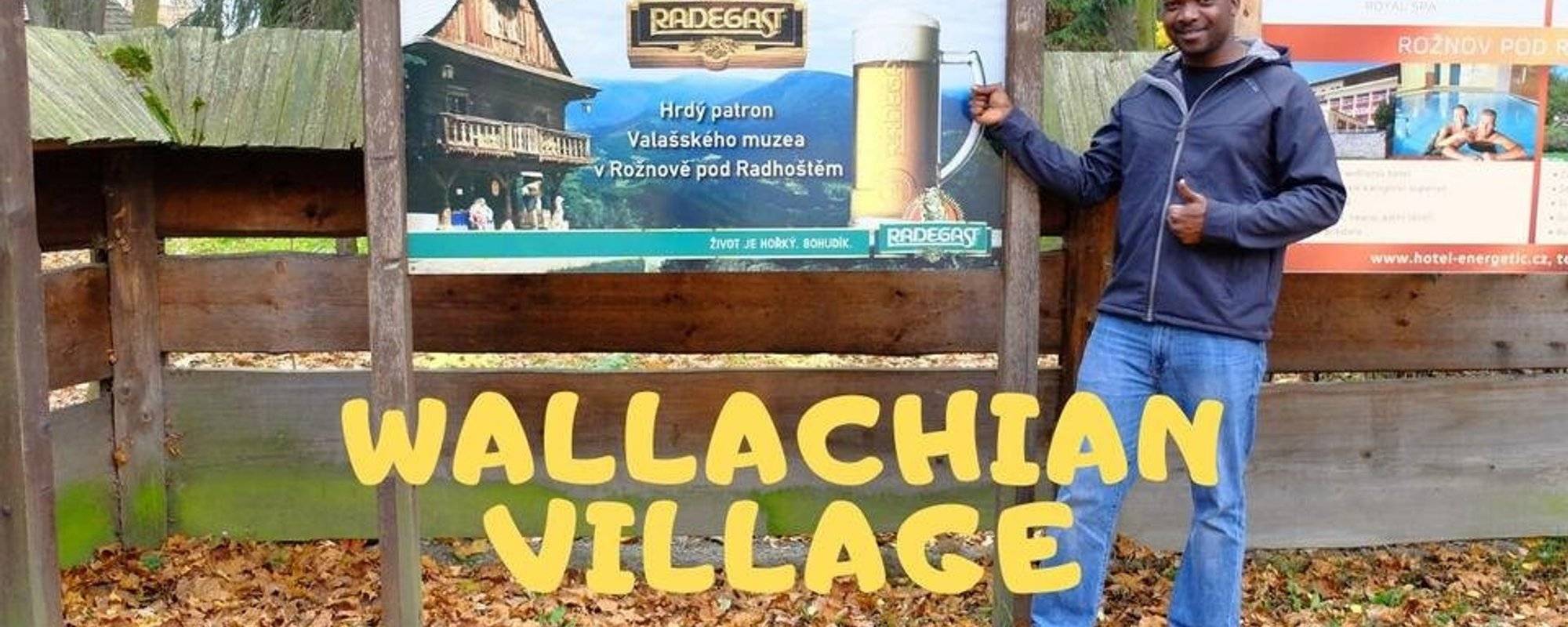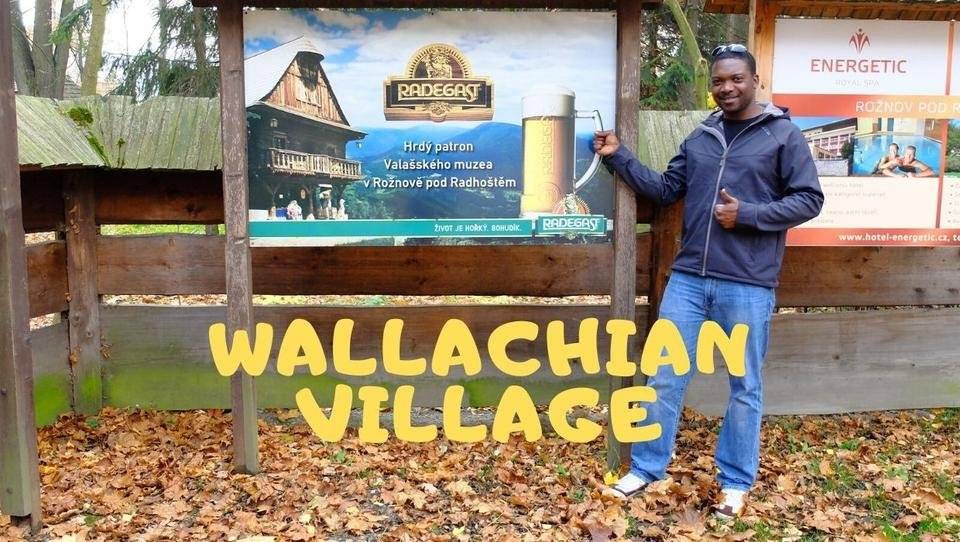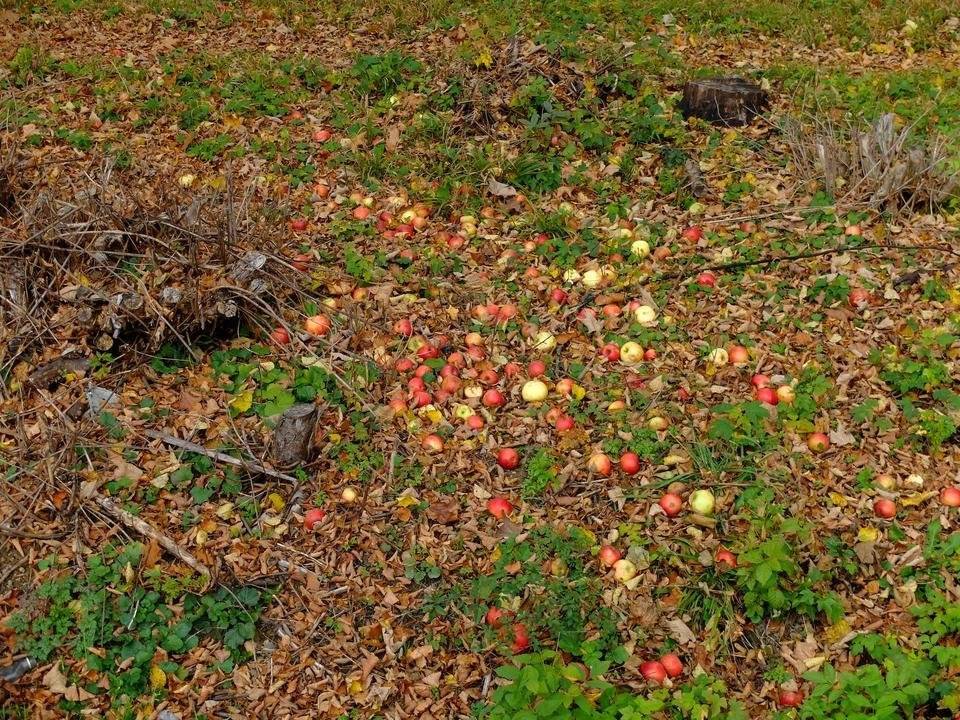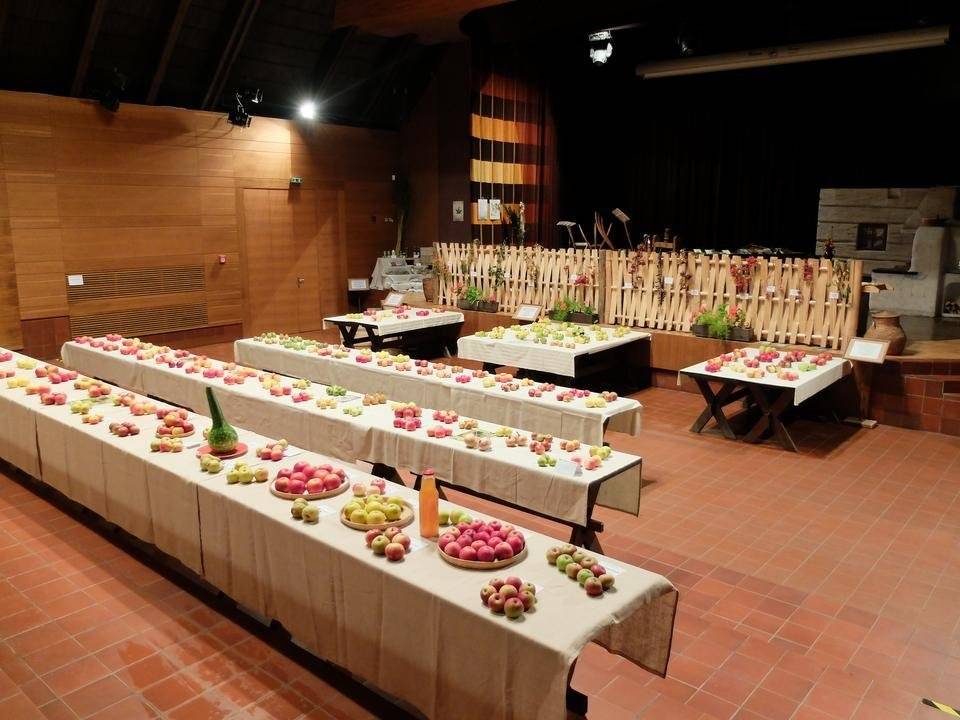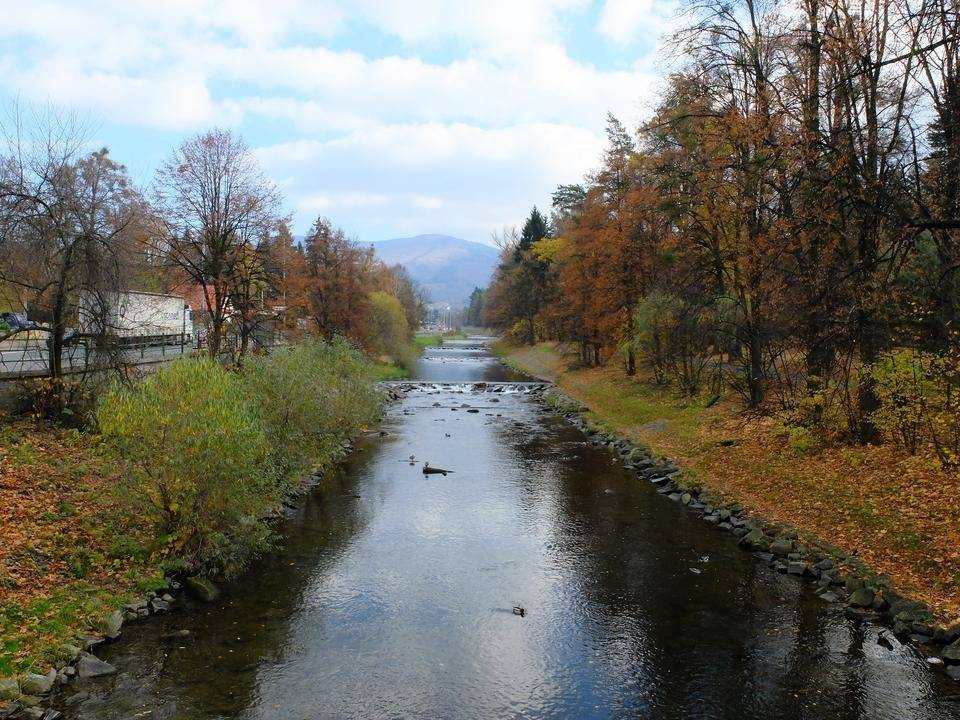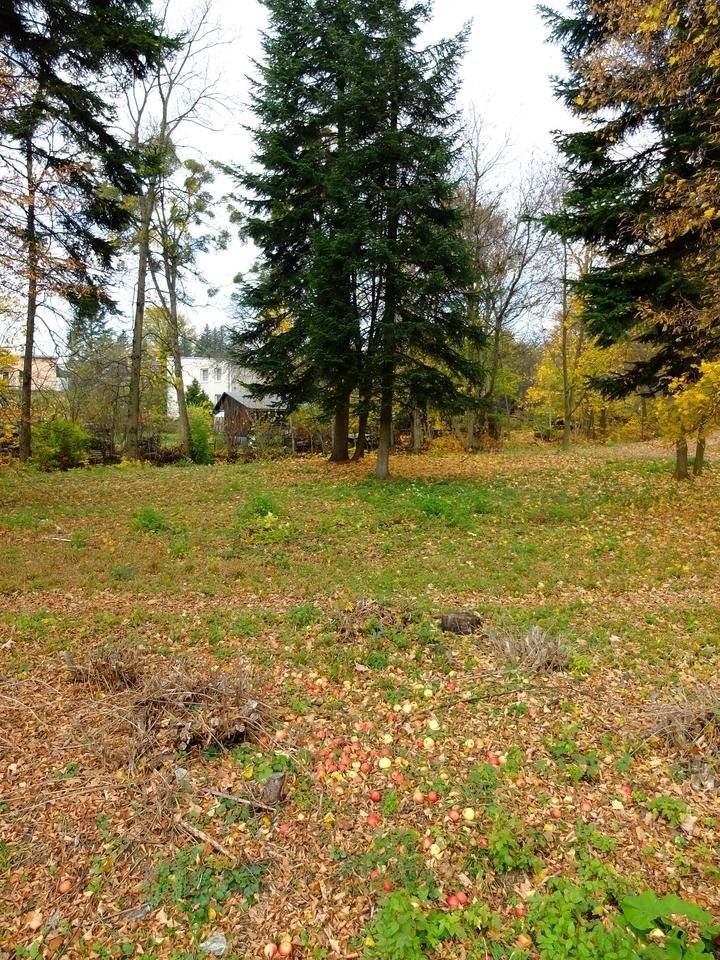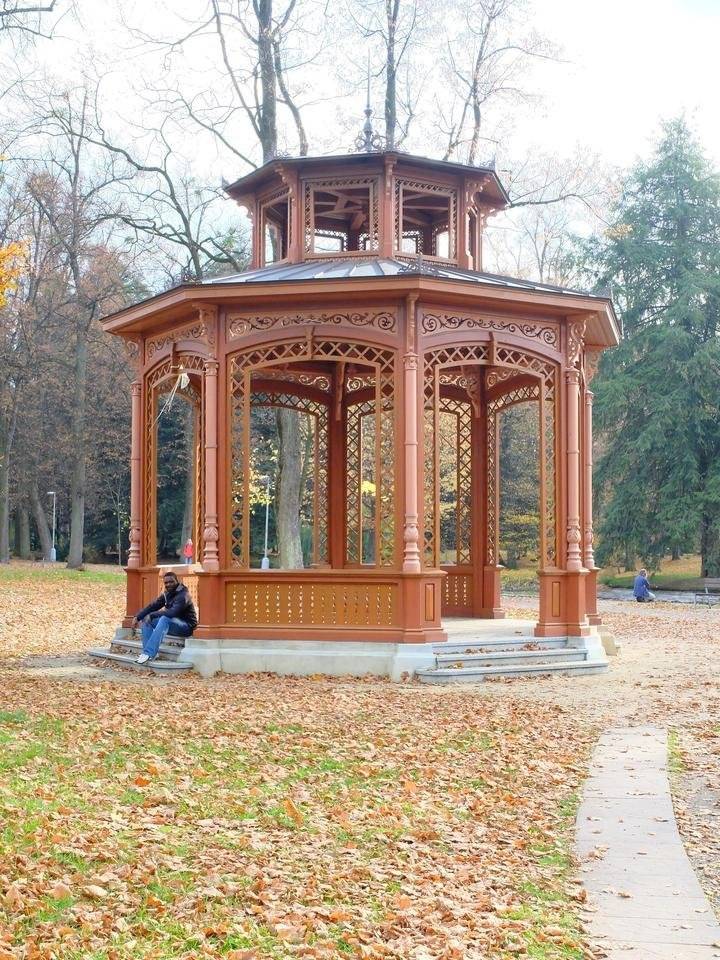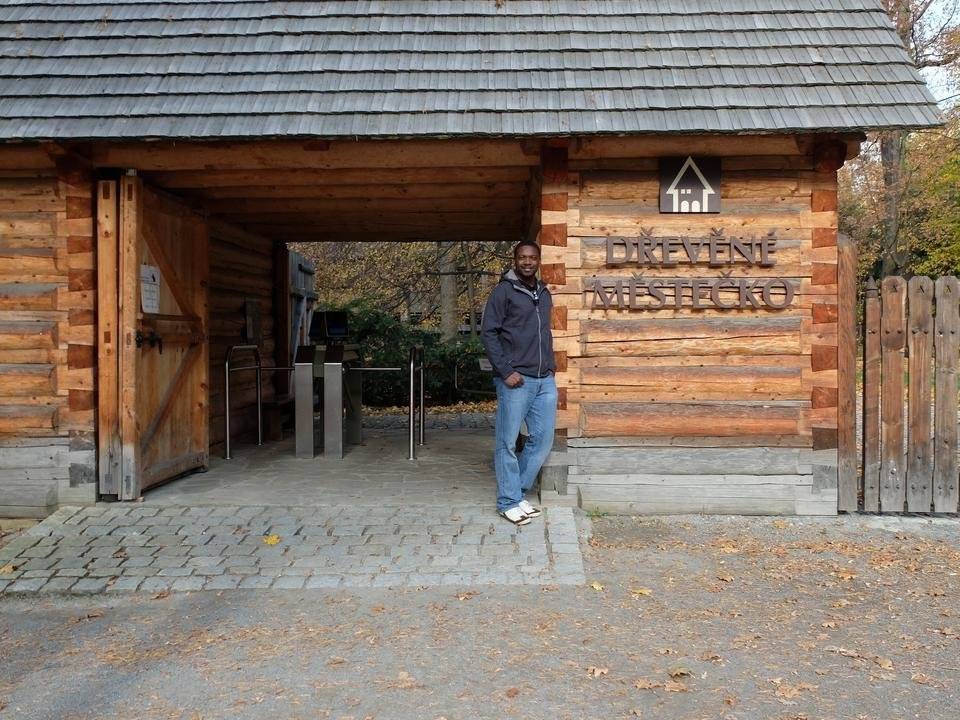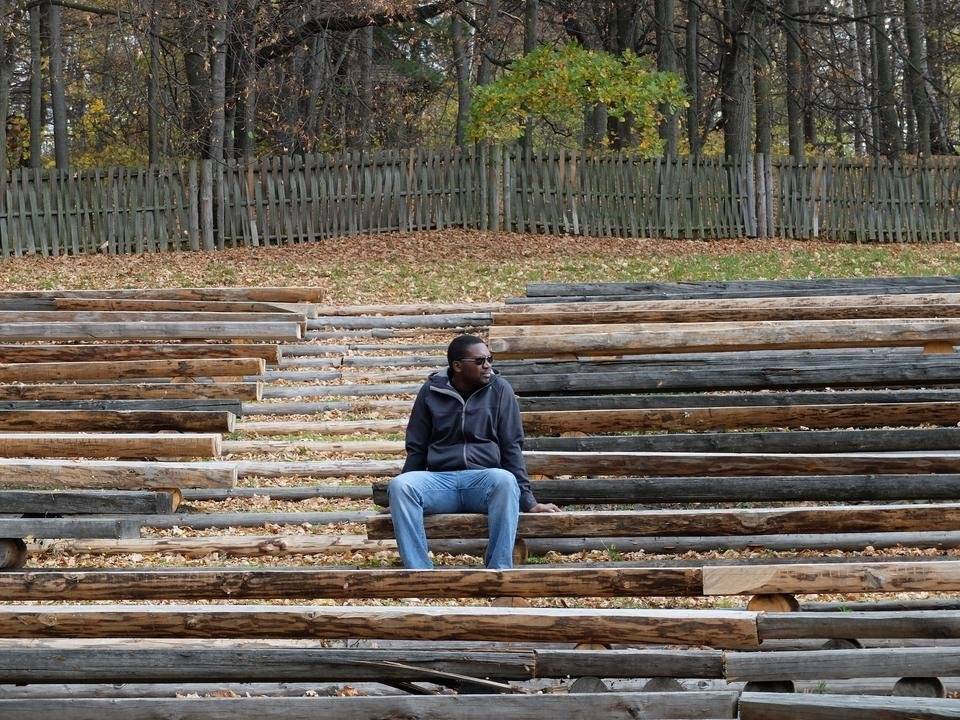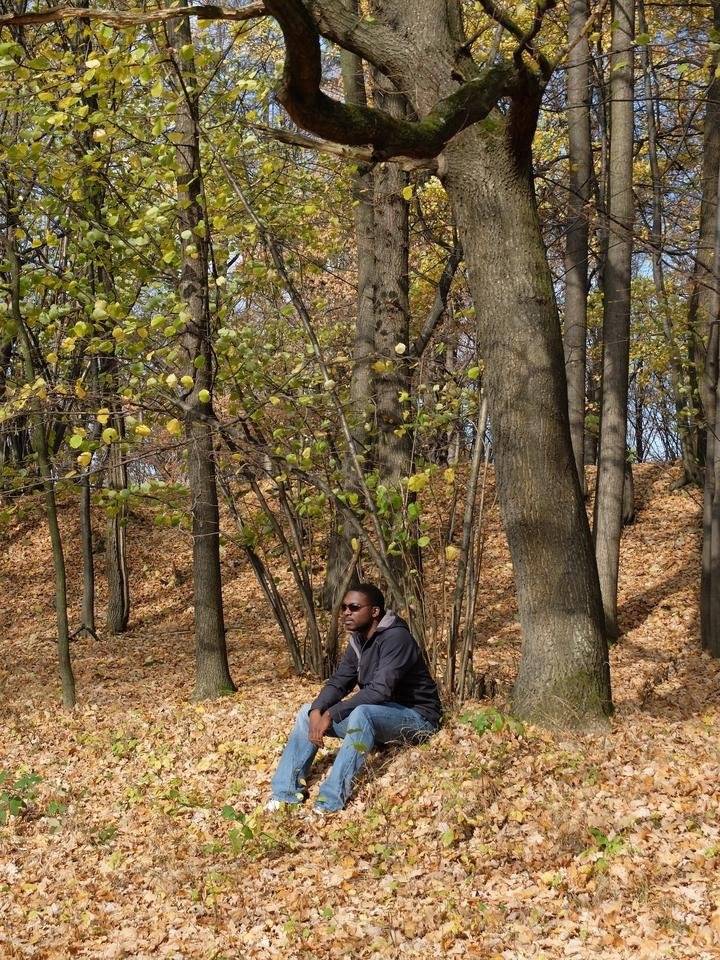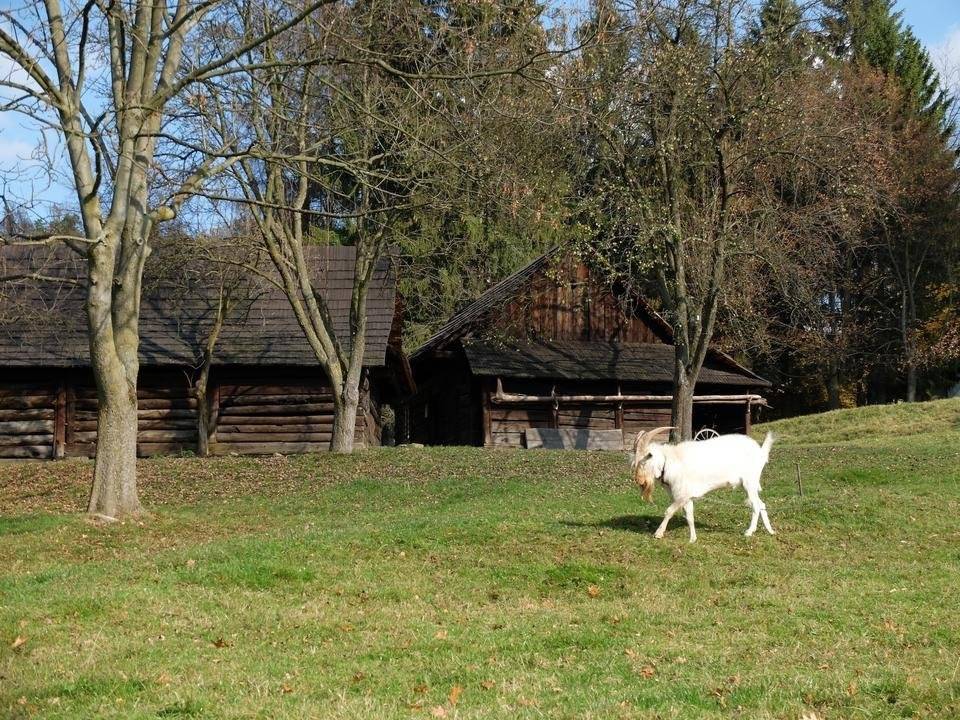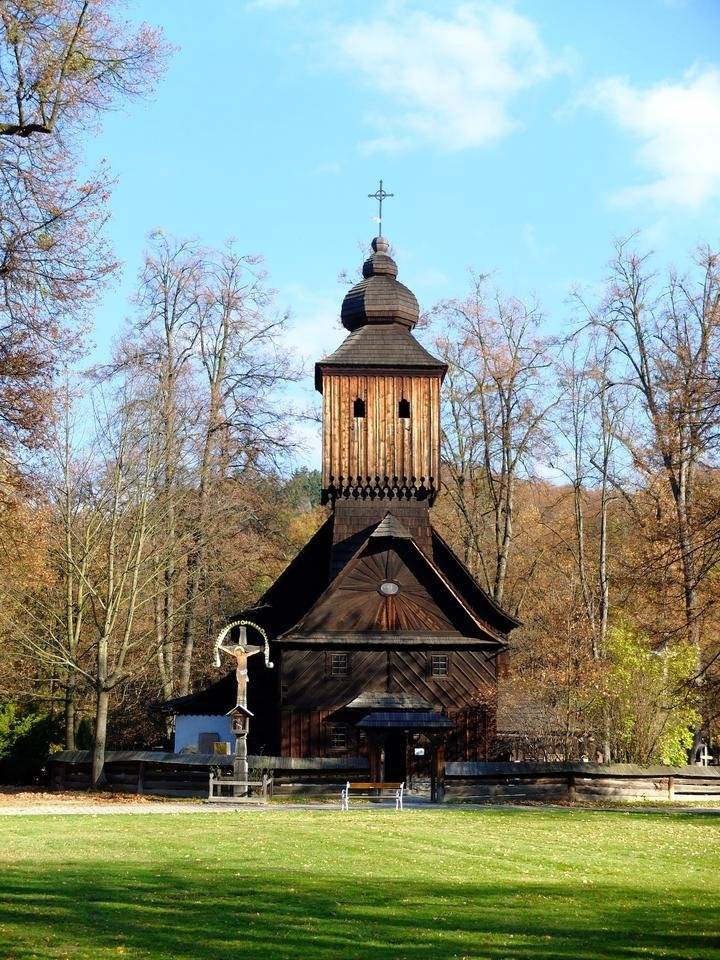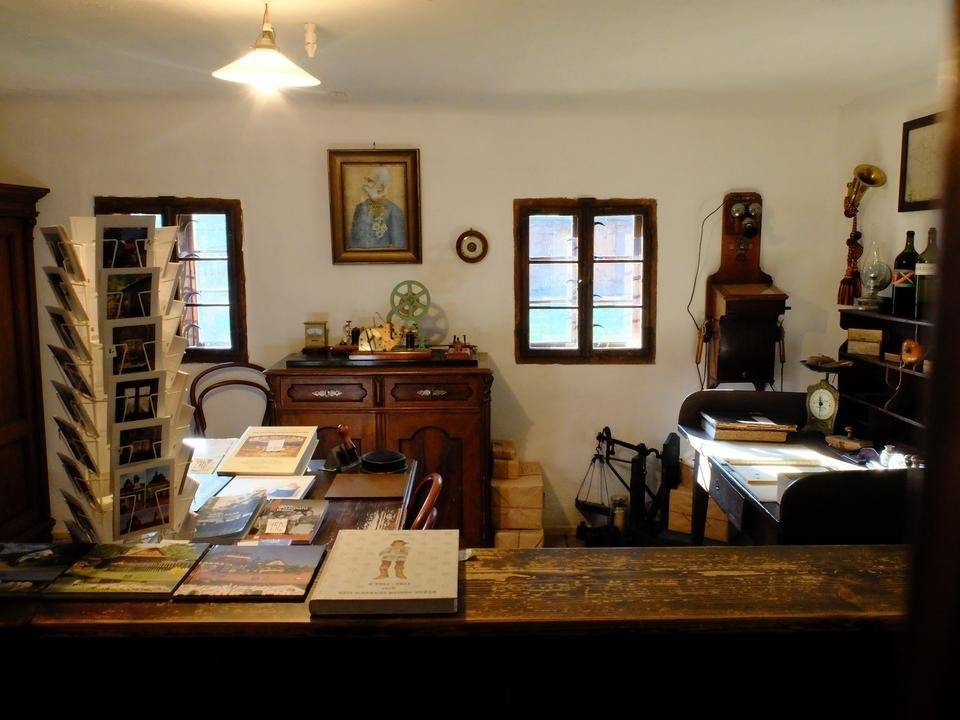Six autumns ago, I had the pleasure of visiting the Wallachian Open Air Museum for the first time. I have been back since, as you can imagine, but it was the only time I got to go in the autumn season when it takes on a whole new special look.
I highly recommend that you visit the Wallachian Open Air Museum in autumn - when it is the most beautiful in my opinion. The next best time is late summer during harvest because of the fruits and other produce available. There are also various festivals there throughout the year, including around spring time/Easter with music and a large Wallachian market.
The oldest parts of the Wallachian open air museum date back to 1925 when it was established by Bohumír Jaroněk in the town of Rožnov pod Radhoštěm in the Czech Republic.
It consists of three parts; The Little Wooden Town, The Wallachian Village and The Watermill Valley - in order of age. The Little Wooden Town is the oldest part, dating back to the 1920's while The Wallachian Village was built in the 1960's. The Watermill Valley is the newest part.
The journey to Rožnov pod Radhoštěm was by road from the Ostrava area where we were staying. We were in that area because the Ryanair flight from London goes there. The journey to Rožnov pod Radhoštěm, itself was quite scenic through the beautiful Czech countryside.
Rožnov pod Radhoštěm town itself is the classic mixture of the vintage old town and the modern peripheral area. We stayed in a nice modern hotel from which we walked into the Wallachian Open Air Museum. Apparently the population of the town has been declining for a decade now, but the museum brings in a lot of Czech and international tourists through the year. Having said that, there weren't many people there on that day.
There are a couple of bridges over the Bečva, one of which leads directly to the museum through a beautiful park area. The leaves were a gorgeous mix of golden-brown, yellow-green and orange. The Beskid mountains could be seen in the distance also with layers of autumn leaved trees.
There wasn't any festival or other such activity on the day so it was unusually quiet. I got the chance to see the museum, especially the Watermill Valley as it was intended to be. The wild and domesticated life was allowed to roam free, with the exception of a large billy goat. I even got a peak of people working on the site. I wasn't sure if they were putting on a show for us, or they were just getting on with their daily activities.
It was just after harvest time, so there was a lot of produce there. There was a restaurant to sample some local food and drink - mostly grown around the museum itself. I don't drink, but I could see people enjoying was seemed like an endless variety of alcoholic beverages from wines to spirits to beers to ciders.
I do eat though, so I sampled a lot of the local delicacies, including some of the tastiest apples I'd ever bitten into.
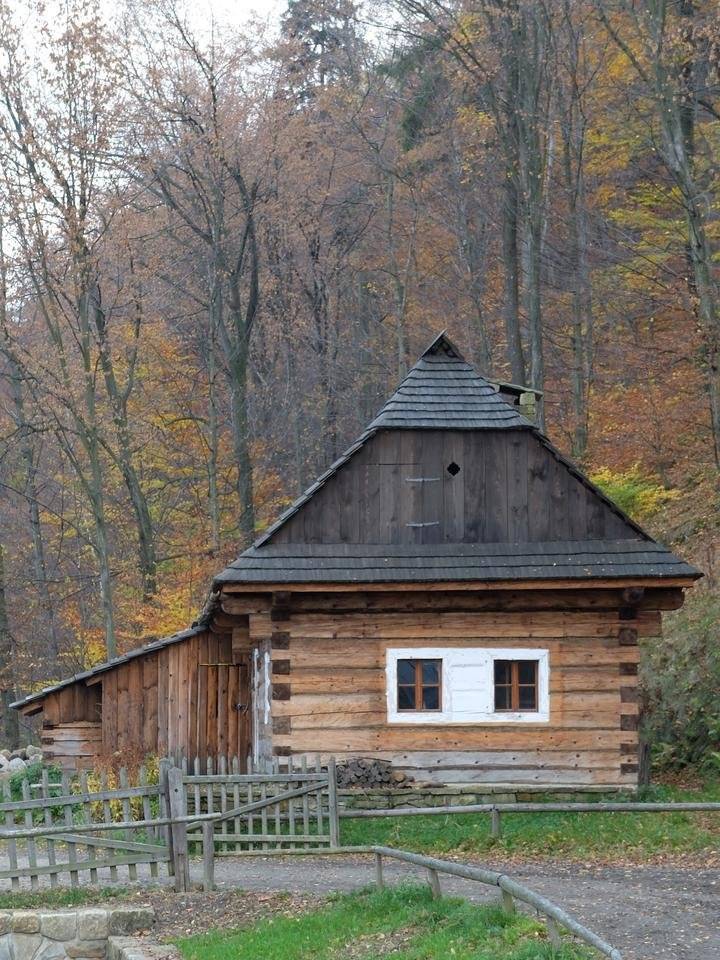 | 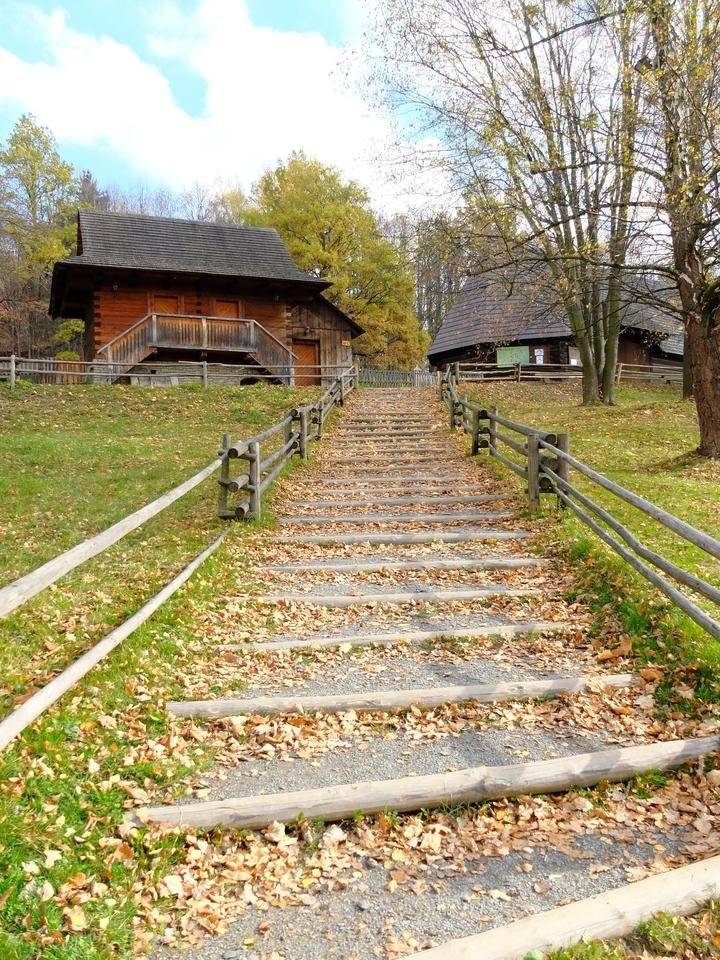 |
|---|
The museum is a celebration of classical Wallachian architecture and material culture. It's really amazing what they did with wood. These were all built in the 20th Century, yes, but they're replicas of the olden ways - much similar to the Saxon Village in Suffolk, England.
These were clearly people of the forrest, and they lived in and around the forest utilising the materials around them to create beautiful, and very useful things. They built primarily with wood, but they built very well. You also get the feeling that everything was sustainable and they were at one with and deeply connected to the nature around them.
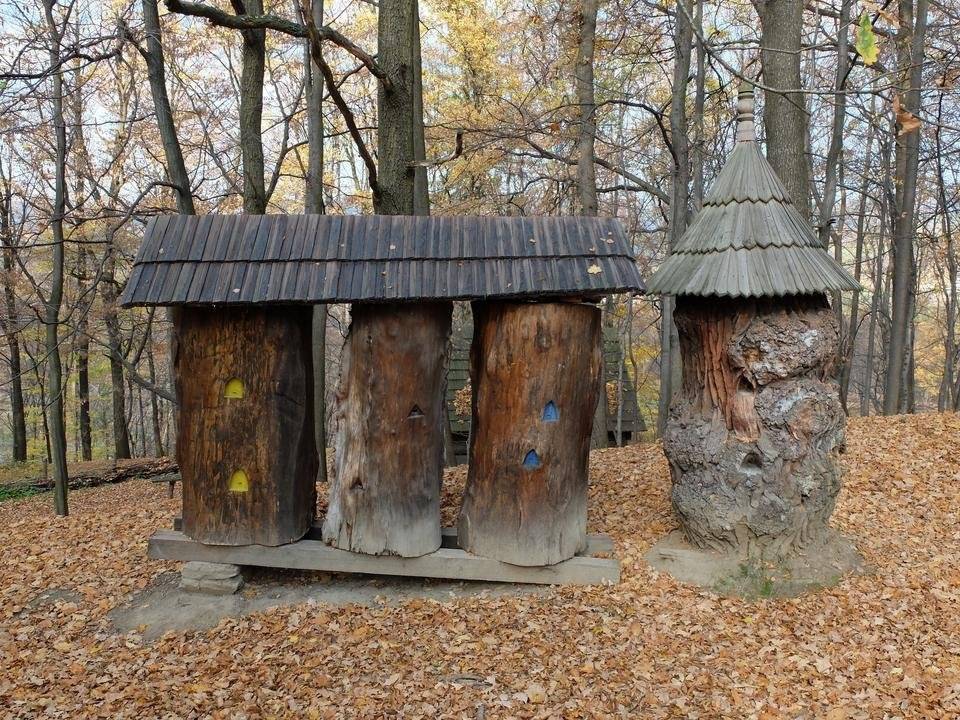 | 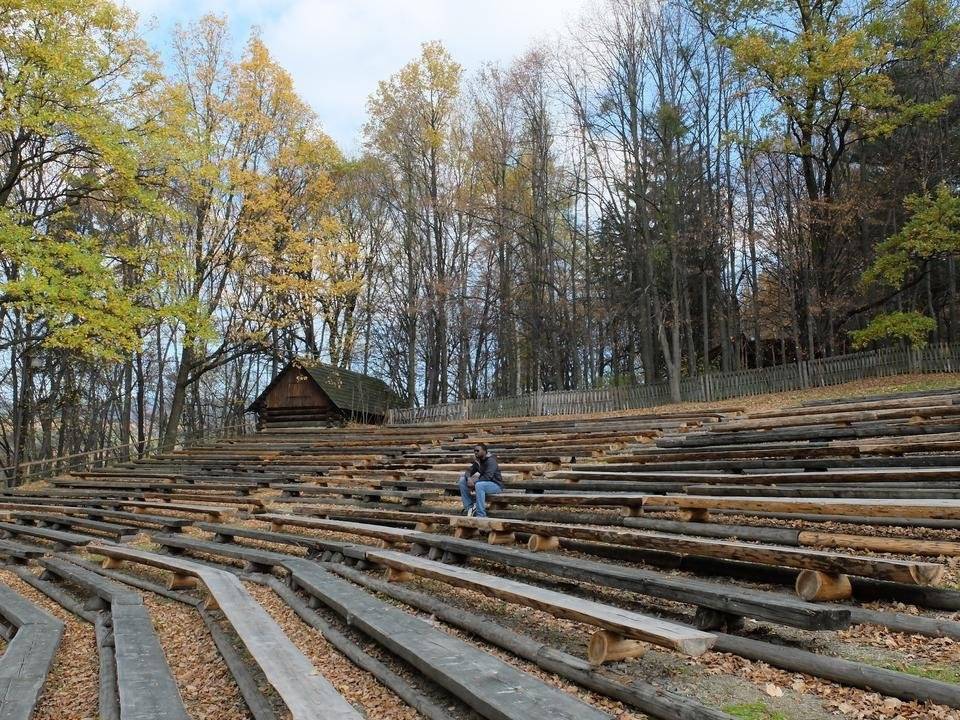 |
|---|
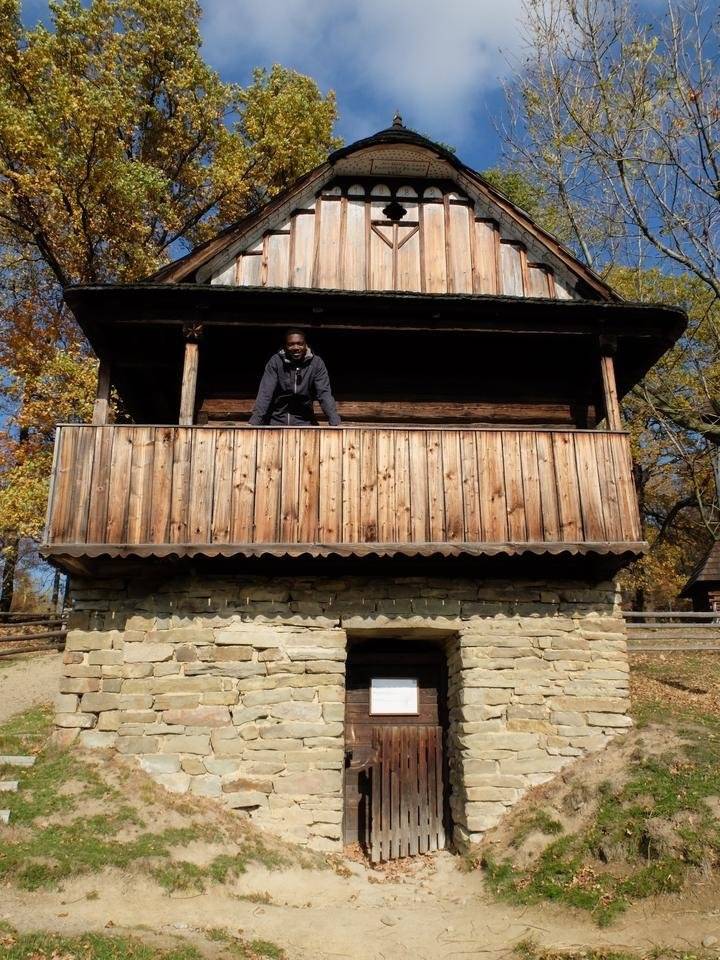 | 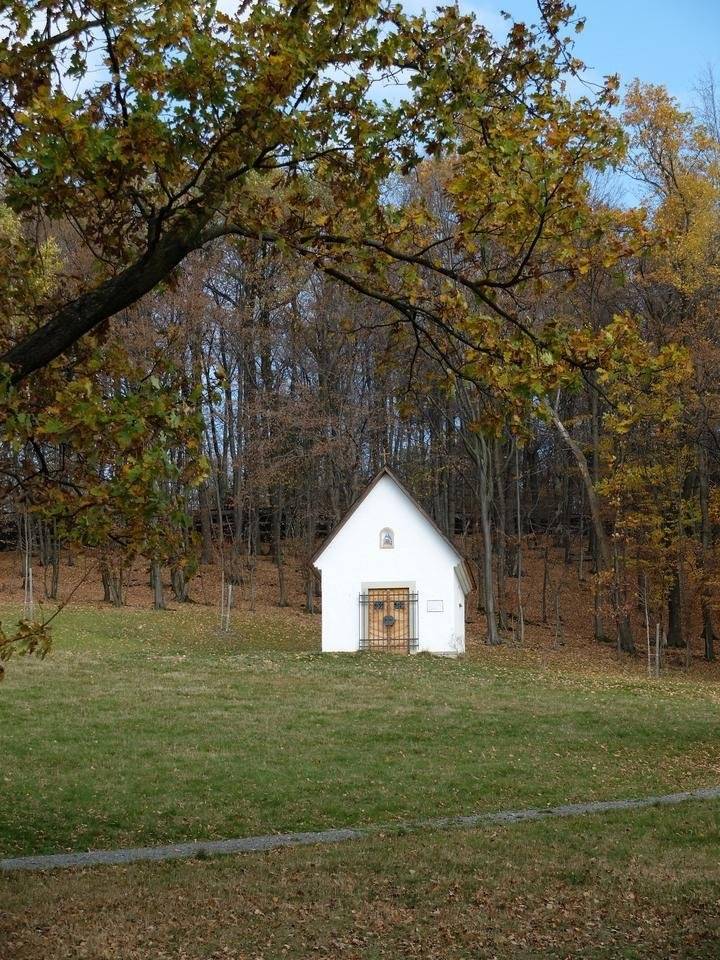 |
|---|
When you're there, you can't help but take some time to imagine what life must have been like for those people back in the day. The mill would have been a central meeting point for some members of the community, and it would have represented some of the most advanced technology they had at the time - harnessing the power of wind to grind their grains. I wondered; was the mill owned by one farmer/entrepreneur or was it owned communally?
I also enjoyed seeing some of the horses and carts. I believe the carts were actually the originals and not replicas like the buildings.
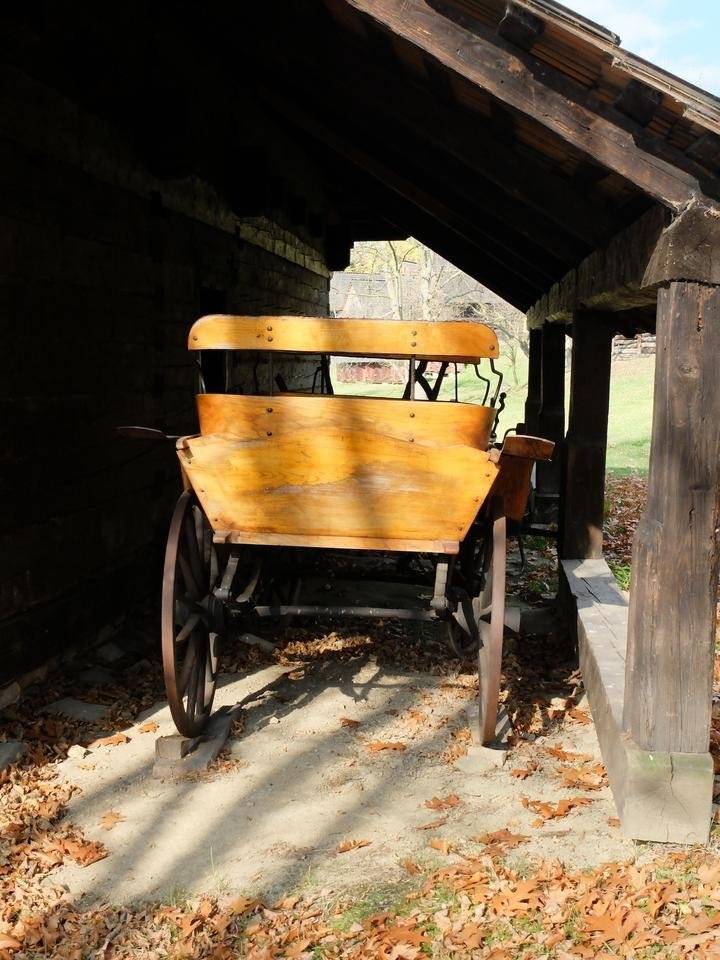 | 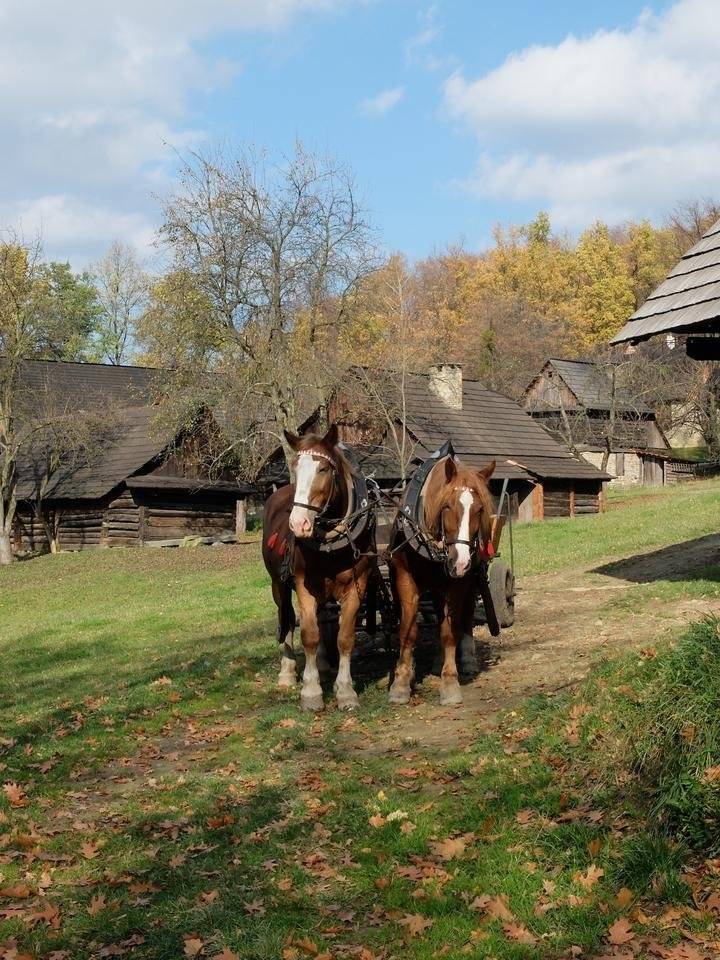 |
|---|
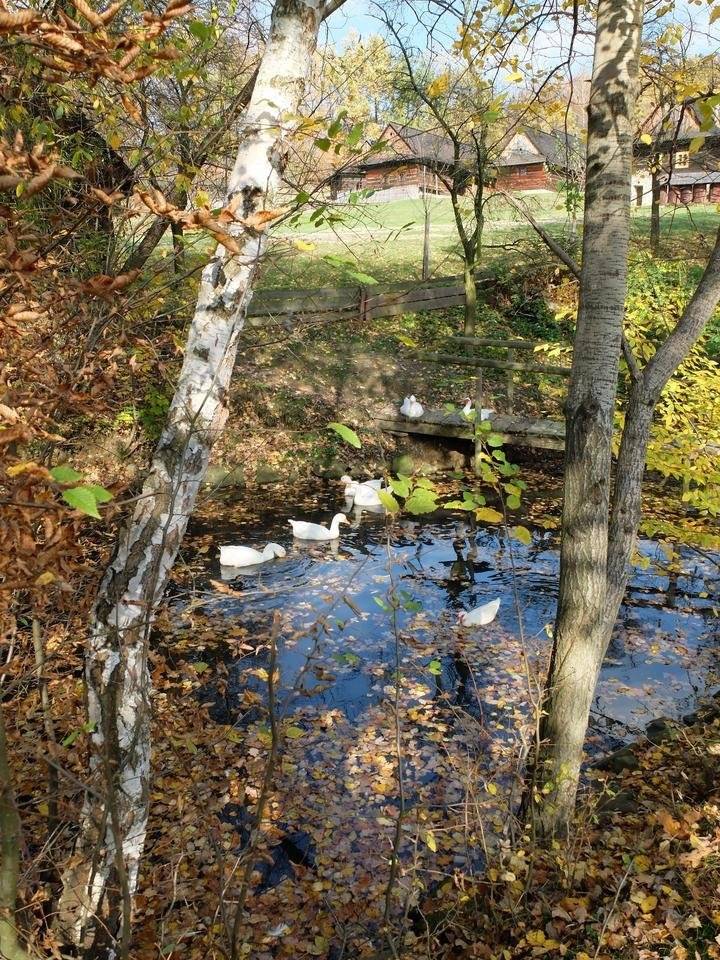 | 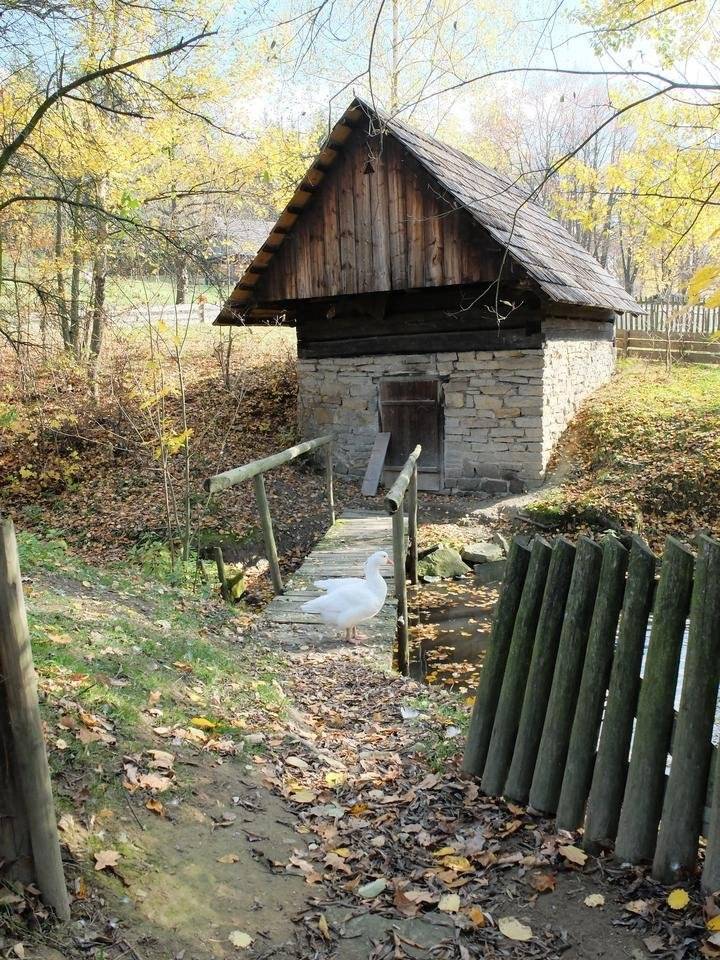 |
|---|
One of the highlights of the Little Wooden Town is a World War II era wooden church built by a group of carpenters. It was built from the plans of an earlier 19th Century church that had since burnt down. Apart from being a beautiful church architecturally speaking, the compound hosts the graves of some notable people in Czech and European history.
Ready to Blog & Earn?
With TravelFeed, easily start your own travel blog and earn as you go. It's the smart platform for travelers who want to profit from their passion. Create a free account
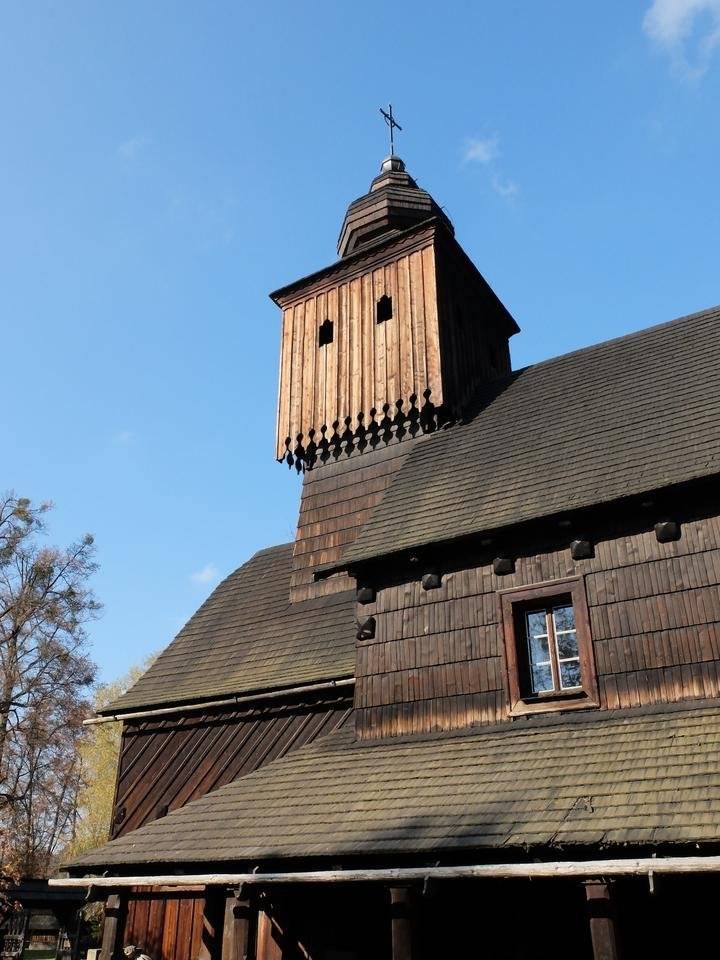 | 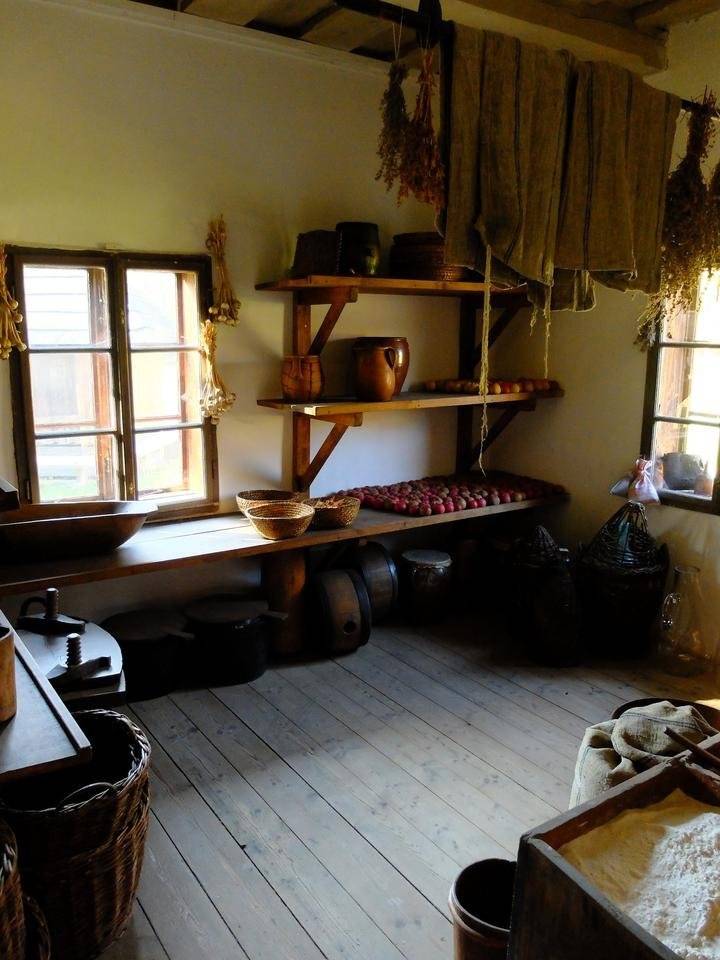 |
|---|
You can also go inside some of the buildings and observe the internal decors, including furniture and household utensils.
What I always find fascinating when visiting such places is how little has actually changed over the decades and even centuries. Sure we have had an explosion of technological advancement in the late 20th and early 21st centuries, but in terms of basic, fundamental things, not much has changed actually. Many of the household utensils haven't changed at all. A lot of the actual design of structures in a building are simply iterated and optimised versions of the ancient designs. The idea of basements, lofts, attics, stairs, doorways and windows - all basically the same.
Sidenote: I have included photos of myself in-situ in this post because I realise I never usually do that. I'm sure some people wonder if I really do visit these places. If you've been wondering, there you have it :)
Don't Forget: Get Travel Health Insurance!
To make your trip a worry-free experience, TravelFeed recommends SafetyWing Nomad Insurance. It provides comprehensive health coverage while you travel, so you can focus on exploring, not the unexpected. Get a quote here
#travel #czechia #czechrepublic #autumn
Peace and Love ✌🏿
Adé
All copy and photos are original content by me.
© adetorrent.com
Travel Resources for your trip to Czechia
Recommended by TravelFeed
Flights: We recommend checking Kiwi.com to find the best and cheapest flights to Czechia.
Accomodation: Explore the best places to stay in Czechia on Booking.com, Agoda and Hostelworld.
Travel Insurance: Medical emergencies abroad can be pricey, but travel health insurance is not. We always use SafetyWing for affordable and reliable coverage.
Car Rental: For hassle-free car hiring, DiscoverCars is our trusted choice with a wide selection of vehicles.
Internet: Got an eSIM compatible phone? Airalo is perfect for reliable internet access during your trip. Just install it before you go, and you're set!
Day Trips & Tours: We recommend GetYourGuide for a variety of well-organized and enjoyable activities.
Travel Planner: Need a hand planning? Our free travel planner chatbot is your personal guide to Czechia. Chat now.
Disclosure: Posts on TravelFeed may contain affiliate links. See affiliate disclosure.
